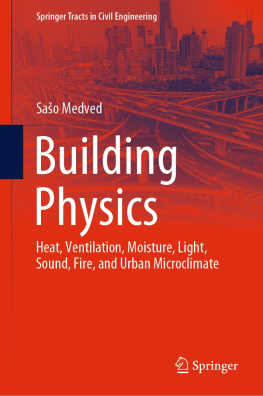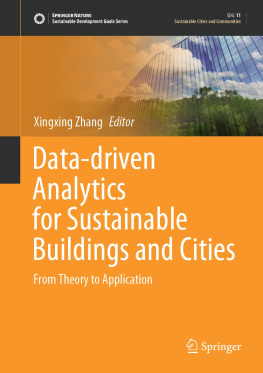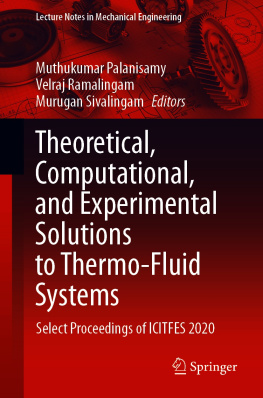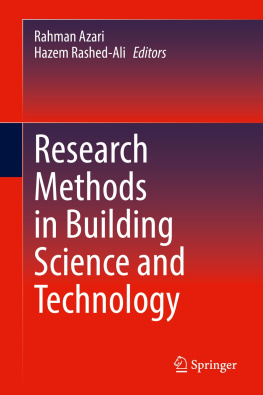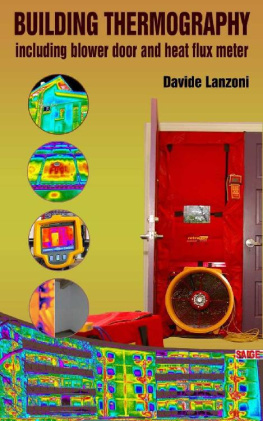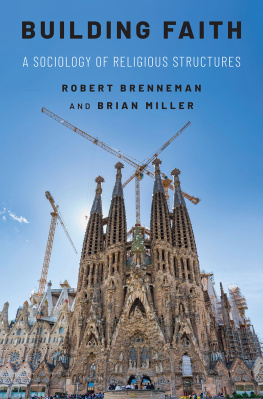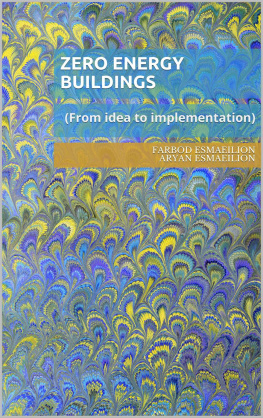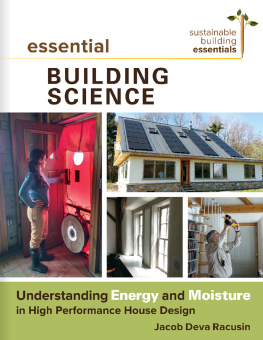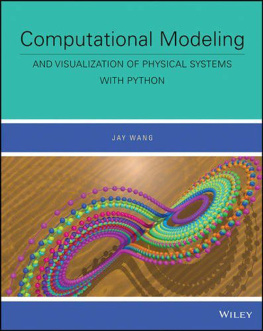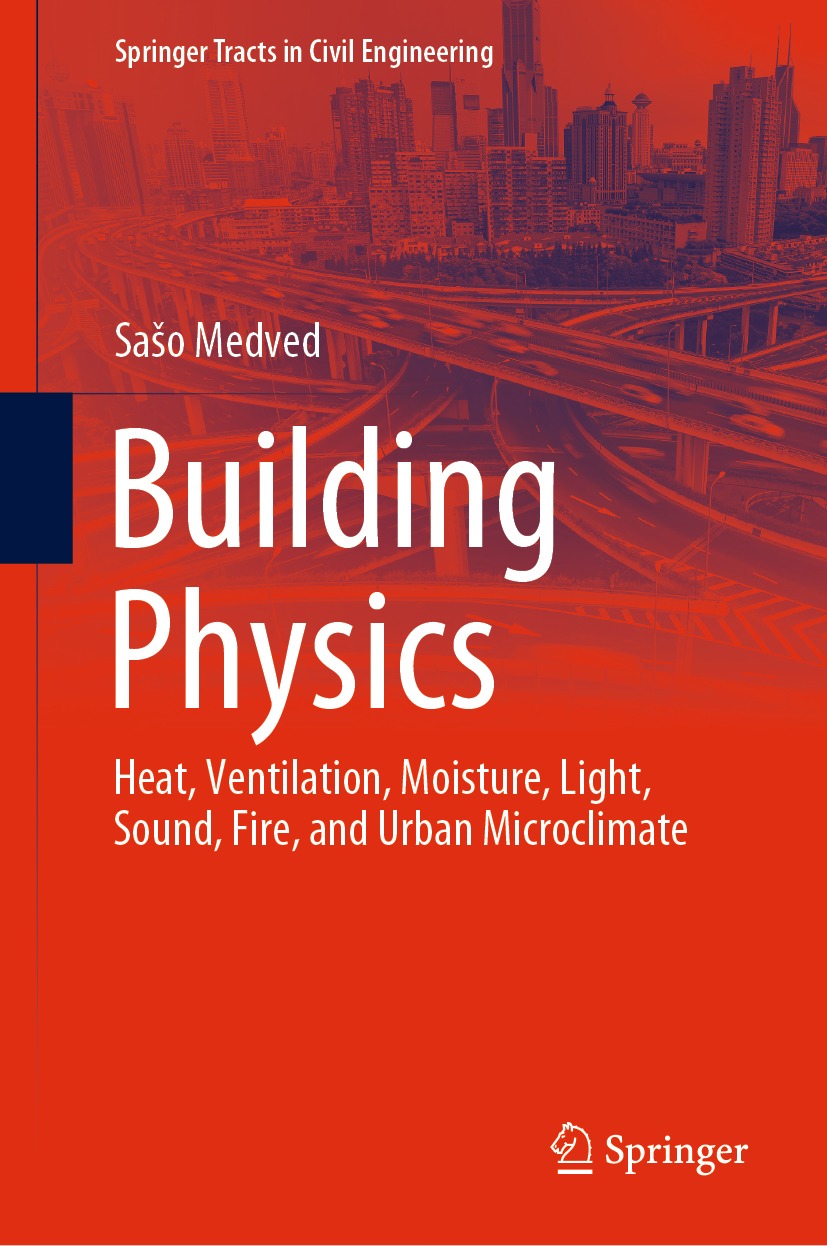Springer Tracts in Civil Engineering
Series Editors
Giovanni Solari
Wind Engineering and Structural Dynamics Research Group, University of Genoa, Genova, Italy
Sheng-Hong Chen
School of Water Resources and Hydropower Engineering, Wuhan University, Wuhan, China
Marco di Prisco
Politecnico di Milano, Milano, Italy
Ioannis Vayas
Institute of Steel Structures, National Technical University of Athens, Athens, Greece
Springer Tracts in Civil Engineering (STCE) publishes the latest developments in Civil Engineering - quickly, informally and in top quality. The series scope includes monographs, professional books, graduate textbooks and edited volumes, as well as outstanding PhD theses. Its goal is to cover all the main branches of civil engineering, both theoretical and applied, including:
Construction and Structural Mechanics
Building Materials
Concrete, Steel and Timber Structures
Geotechnical Engineering
Earthquake Engineering
Coastal Engineering; Ocean and Offshore Engineering
Hydraulics, Hydrology and Water Resources Engineering
Environmental Engineering and Sustainability
Structural Health and Monitoring
Surveying and Geographical Information Systems
Heating, Ventilation and Air Conditioning (HVAC)
Transportation and Traffic
Risk Analysis
Safety and Security
Indexed by Scopus
To submit a proposal or request further information, please contact:
Pierpaolo Riva at Pierpaolo.Riva@springer.com (Europe and Americas) Wayne Hu at wayne.hu@springer.com (China)
More information about this series at http://www.springer.com/series/15088
Sao Medved
Building Physics
Heat, Ventilation, Moisture, Light, Sound, Fire, and Urban Microclimate
1st ed. 2022

Logo of the publisher
Sao Medved
Laboratory for Sustainable Technologies in Buildings, University of Ljubljana, Ljubljana, Slovenia
ISSN 2366-259X e-ISSN 2366-2603
Springer Tracts in Civil Engineering
ISBN 978-3-030-74389-5 e-ISBN 978-3-030-74390-1
https://doi.org/10.1007/978-3-030-74390-1
The Editor(s) (if applicable) and The Author(s), under exclusive license to Springer Nature Switzerland AG 2022
This work is subject to copyright. All rights are solely and exclusively licensed by the Publisher, whether the whole or part of the material is concerned, specifically the rights of translation, reprinting, reuse of illustrations, recitation, broadcasting, reproduction on microfilms or in any other physical way, and transmission or information storage and retrieval, electronic adaptation, computer software, or by similar or dissimilar methodology now known or hereafter developed.
The use of general descriptive names, registered names, trademarks, service marks, etc. in this publication does not imply, even in the absence of a specific statement, that such names are exempt from the relevant protective laws and regulations and therefore free for general use.
The publisher, the authors and the editors are safe to assume that the advice and information in this book are believed to be true and accurate at the date of publication. Neither the publisher nor the authors or the editors give a warranty, expressed or implied, with respect to the material contained herein or for any errors or omissions that may have been made. The publisher remains neutral with regard to jurisdictional claims in published maps and institutional affiliations.
This Springer imprint is published by the registered company Springer Nature Switzerland AG
The registered company address is: Gewerbestrasse 11, 6330 Cham, Switzerland
Preface
Building physics is a research and applied scientific discipline that deals with the evaluation of physical phenomena related to heat transfer and energy use in buildings, water and water vapour transfer in building structures, daylighting and electric lighting of buildings, sound transmission in building structures and protection against noise, the occurrence and spread of fires in buildings and the thermal response of cities. Therefore, with the physical processes that affect the quality of the living and working comfort in indoor and outdoor environment, as well as impact of buildings on local and global environment, adequate knowledge in the field of building physics has become one of the basic engineering skills of building designers and urban planners.
In terms of content, the monograph Building Physics: Heat, Ventilation, Moistening, Light, Sound, Fire, and Urban Microclimate is related to a memorandum prepared by the Group of Professors of Building Physics at European Universities, initiated and led by Prof. Karl Gertis from the University of Stuttgart. The book presents the theoretical background of the considered physical processes, numerical and computational evaluation methods and numerous computational study examples. Each of the chapter guides the reader from basic physical descriptions to more complex scientific approaches. The book also contains numerous examples of experimental analyses performed by the staff of the Laboratory for Sustainable Technologies in Buildings at the Faculty of Mechanical Engineering, University of Ljubljana. In 2021, we are celebrating the 10th anniversary of the founding of the laboratory, and this book seems like an appropriate birthday present.
Prof. Sao Medved
Ljubljana, Slovenia
Acknowledgements
The author is grateful for the support and contribution of collaborators in research and application projects and involved masters and doctoral students. I would like to thank my colleagues Mr. Ciril Arkar, Mr. Botjan erne, Mr. Rok Fink, Mr. Toma uklje, Mr. Boris Vidrih and, especially, Mrs. Suzana Domjan without whose contribution this book would not have been written.
The book also includes the results of the research founded by the Slovenian Research Agency and by several industrial companies. I would like to thank them for their financial support.
I would like to express my gratitude to Prof. Ruica Nikoli from the University of ilina and Prof. Karel Kabele from Czech Technical University in Prague, who reviewed the book, for their opinions and suggestions.
Finally, I would like to thank my family for unwaveringly encouraging and supporting.
Sao Medved
Reviews
The book Building PhysicsHeat, Ventilation, Moisture, Light, Sound, Fire, Urban Microclimate by Sao Medved is a scientific monograph, which is a product of long-time research efforts (theoretical and experimental) by the author and his team from the Faculty of Mechanical Engineering, University of Ljubljana. This book is unique in that it manages to combine a scientific approach with examples of practical problems that we encounter in everyday life. The text is divided into seven chapters, titles of which are given in the subtitle of the book. The matter is presented in a logical order, the theoretical explanations are accompanied with numerous case studies, actually examples and solved problems, which masterfully complement the theory and complete any explanation of the topic in question. All these are enriched with numerous adequate illustrations in the form of diagrams, pictures and photographs, combined with tables and explanations. What must be emphasized is that the book also gives the historical prospective of development of the building physics problems, for each topic is covered with examples of its progress in time. This book is also a modern guide both for scientists who can find in it the theoretical background of physics problems in civil engineering and for construction engineers who can use its numerous examples for solving practical problems. This is valid for the usually considered classical physics problems of heating and ventilation, of light and sound spreading and fire safety, as well as for the more recently studied problems of urban development, microclimate of growing cities, climate changes and increasing air pollution. Thus, the book is highly recommended to all types of readers, even to those who are starting to study these problems.

